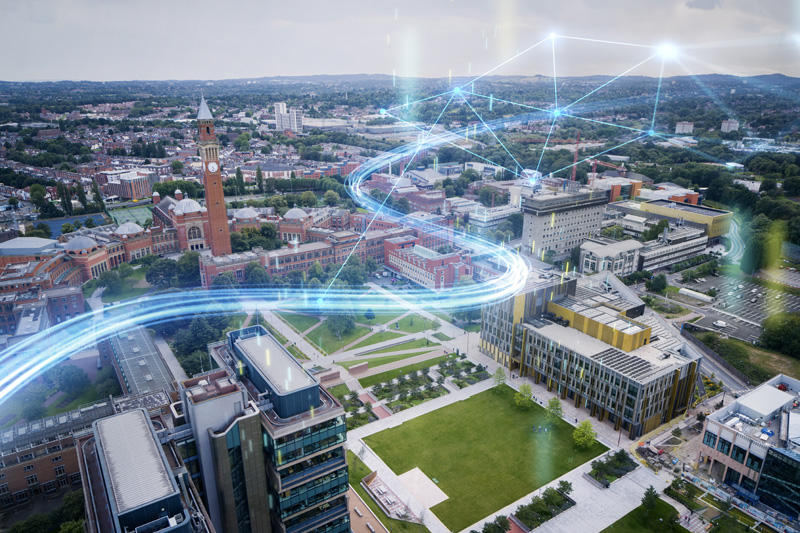Digital Twin Technology vs GIS
Digital modeling technologies for large physical spaces are rapidly evolving, with Geographic Information System (GIS) technology and Digital Twin technology leading the charge. While GIS has long been the go-to for mapping and spatial data analysis, Digital Twin technology offers a forward-looking approach with dynamic, virtual models that replicate real-world assets. This article explores the key differences and benefits of these technologies, highlighting GIS’s foundational role and the innovative potential of Digital Twin technology.

GIS Technology: A Foundation for Spatial Data
GIS has been crucial for understanding and managing spatial data, especially for organizations such as government agencies, airports, and universities. It provides a comprehensive framework for resource distribution, space management, and access to critical data through layered, location-based information. Although GIS is highly effective in these areas, it lacks the capability to dynamically reflect real-time changes.
Digital Twin Technology: The Next Step in Evolution
Digital Twin technology builds on the foundation laid by GIS by creating interactive virtual models that mirror physical environments. Leveraging the Internet of Things (IoT), Digital Twins ensure real-time updates and bidirectional communication between the physical and virtual worlds. This dynamic approach enables more efficient management of logistics, energy, and assets, providing a significant advantage over traditional GIS systems.
For more information on Digital Twin technology, visit our detailed whitepaper.
Applications of Digital Twin Technology
Digital Twin technology is transforming how enterprises operate. For example, on a university campus, Digital Twin goes beyond simple mapping, with a latitude of location-based services for wayfinding and asset tracking indoors and outdoors, and smart optimization solutions for resource management. This technology streamlines operations and boosts efficiency through real-time updates, accurate data tracking and analysis, automation, and AI-powered decision making.
Key Advantages of Digital Twin Technology
- Real-Time Updates: Digital Twins continuously reflect changes, enabling timely and accurate decision-making.
- Predictive Analytics: They offer advanced analysis capabilities, helping organizations predict and address potential issues.
- Enhanced User Experience: Interactive, real-time models provide a more engaging and informative user experience.
- Operational Efficiency: They optimize resource and process management, leading to better efficiency.
- Scalability: Digital Twins can easily scale to accommodate large and complex environments.
Conclusion:
Digital Twin technology is revolutionizing enterprise resource management by integrating IoT to optimize operations and improve efficiency. Vicinia’s innovative platforms enable organizations to leverage the full potential of Digital Twins, paving the way for a smarter, interconnected future. To explore how this technology can transform your operations, check out our comprehensive whitepaper and discover the possibilities with Vicinia.
Keep Reading
Engagement That Moves — How Venues and Events Use Interactive Digital Wayfinding to Connect Audiences
In today’s event landscape, experience is everything. Visitors expect more than programs and printed signs — they expect real-time navigation, interactive event maps, and instant access […]
Read moreThe Rise of Asset Intelligence
Digital Twin | Asset Intelligence | Real-Time Asset Tracking | People Tracing | Spatial Intelligence In a world where spaces are becoming smarter, asset intelligence is […]
Read moreSeamlessly Integrate Transport Management with Existing Campus Systems
The inadequacies of present campus transportation systems sometimes cause confusion and delays, emphasizing the demand for a more efficient and accessible alternative. Transportation management software seeks […]
Read more


